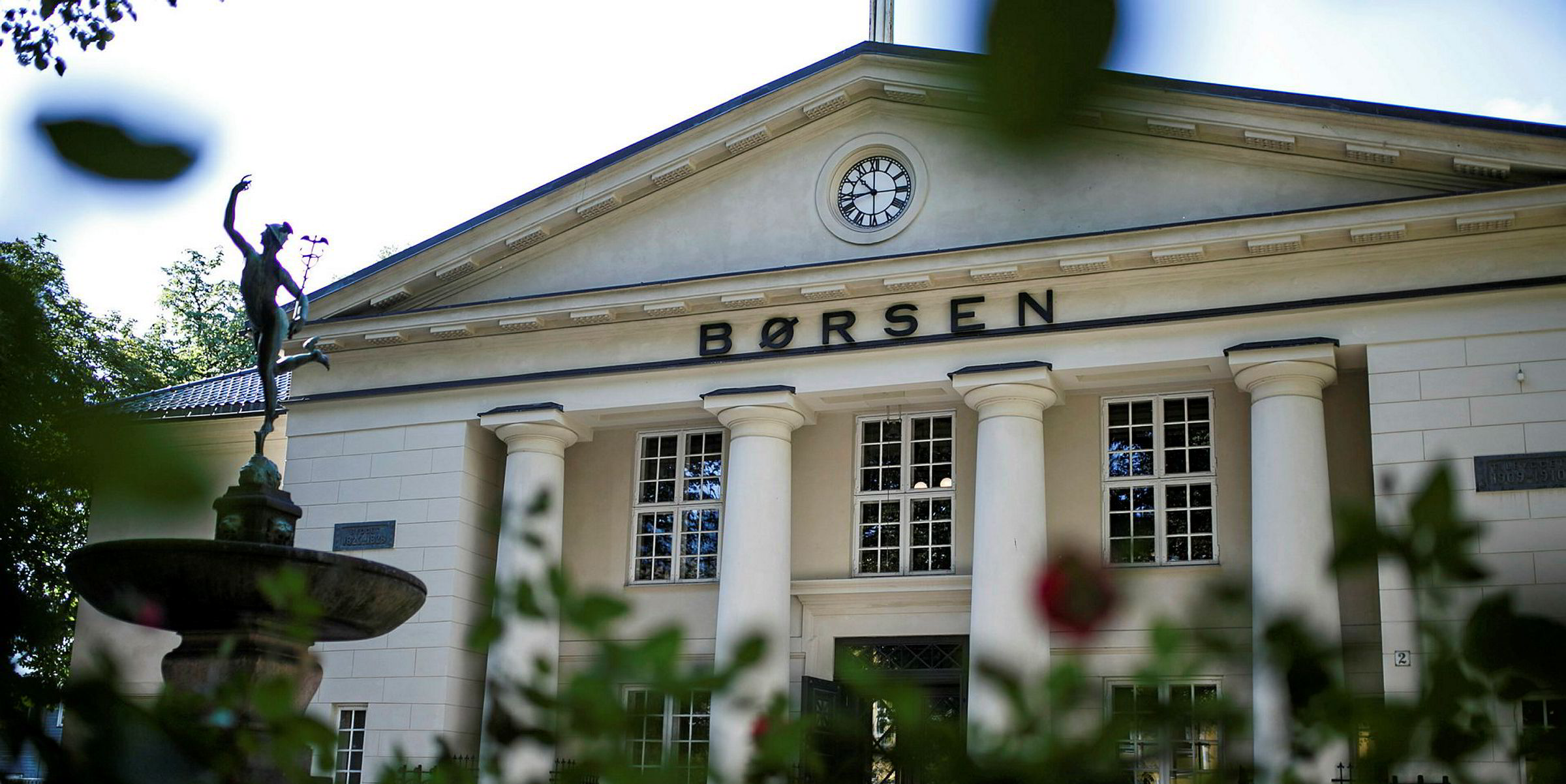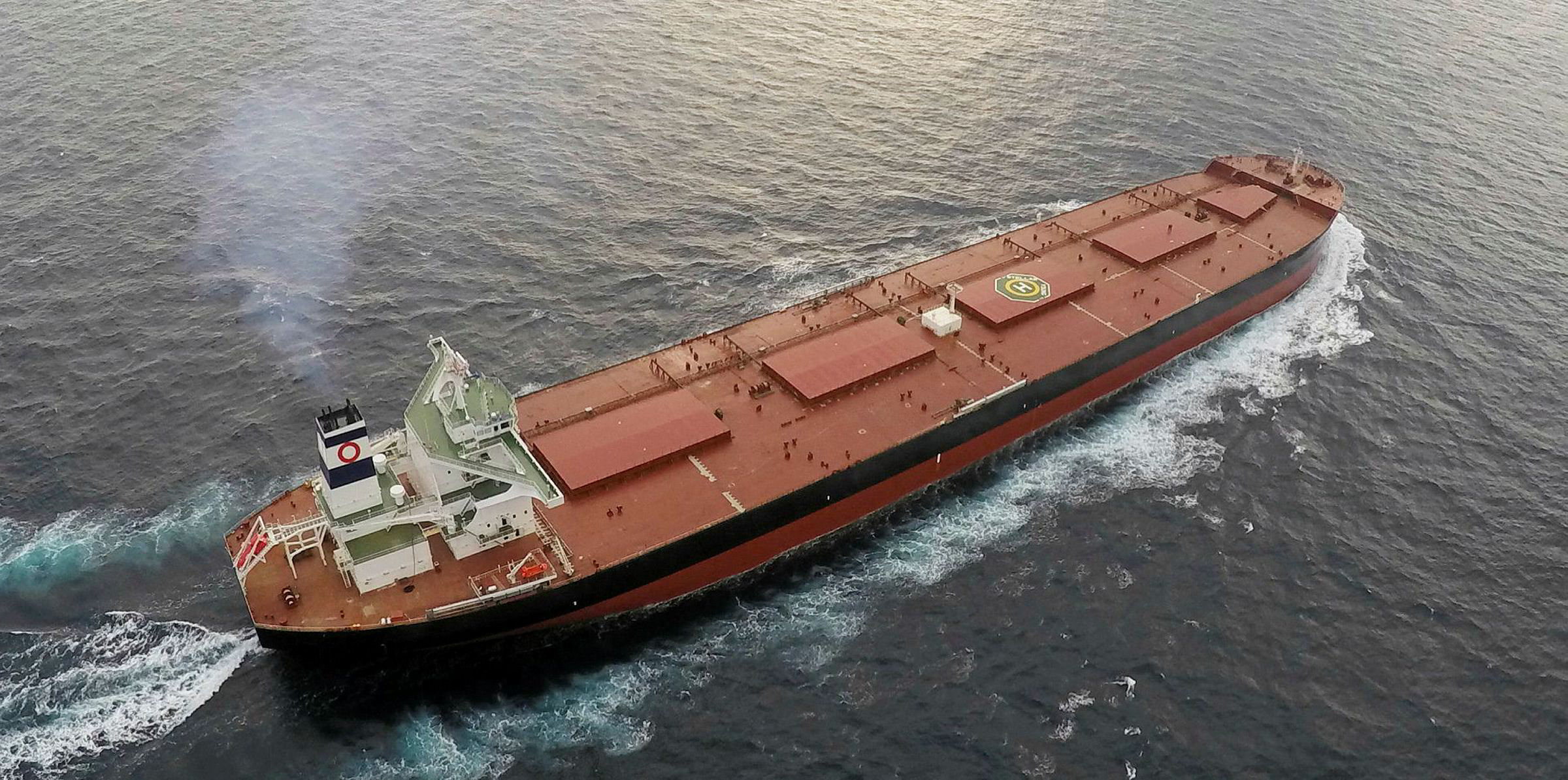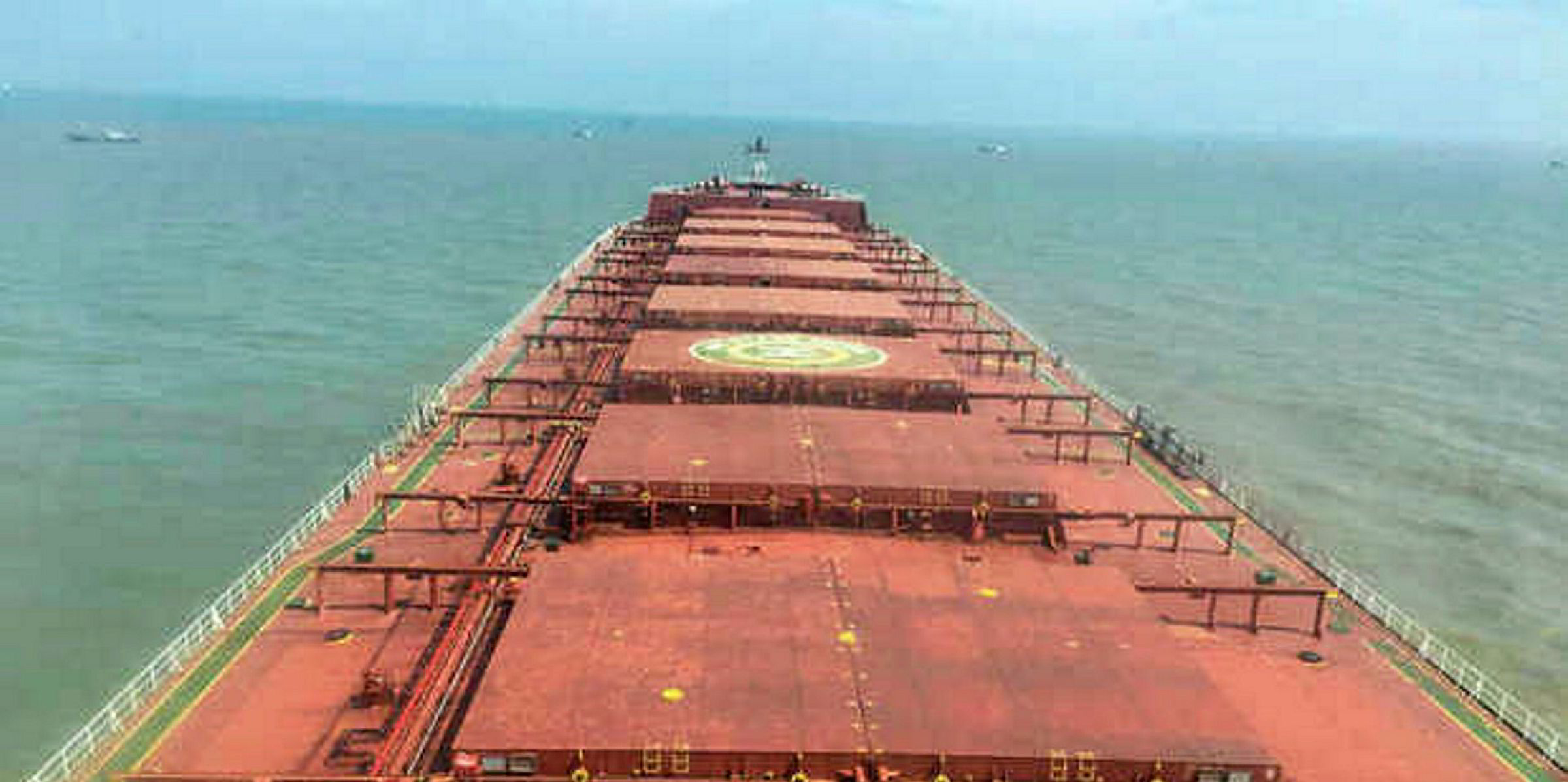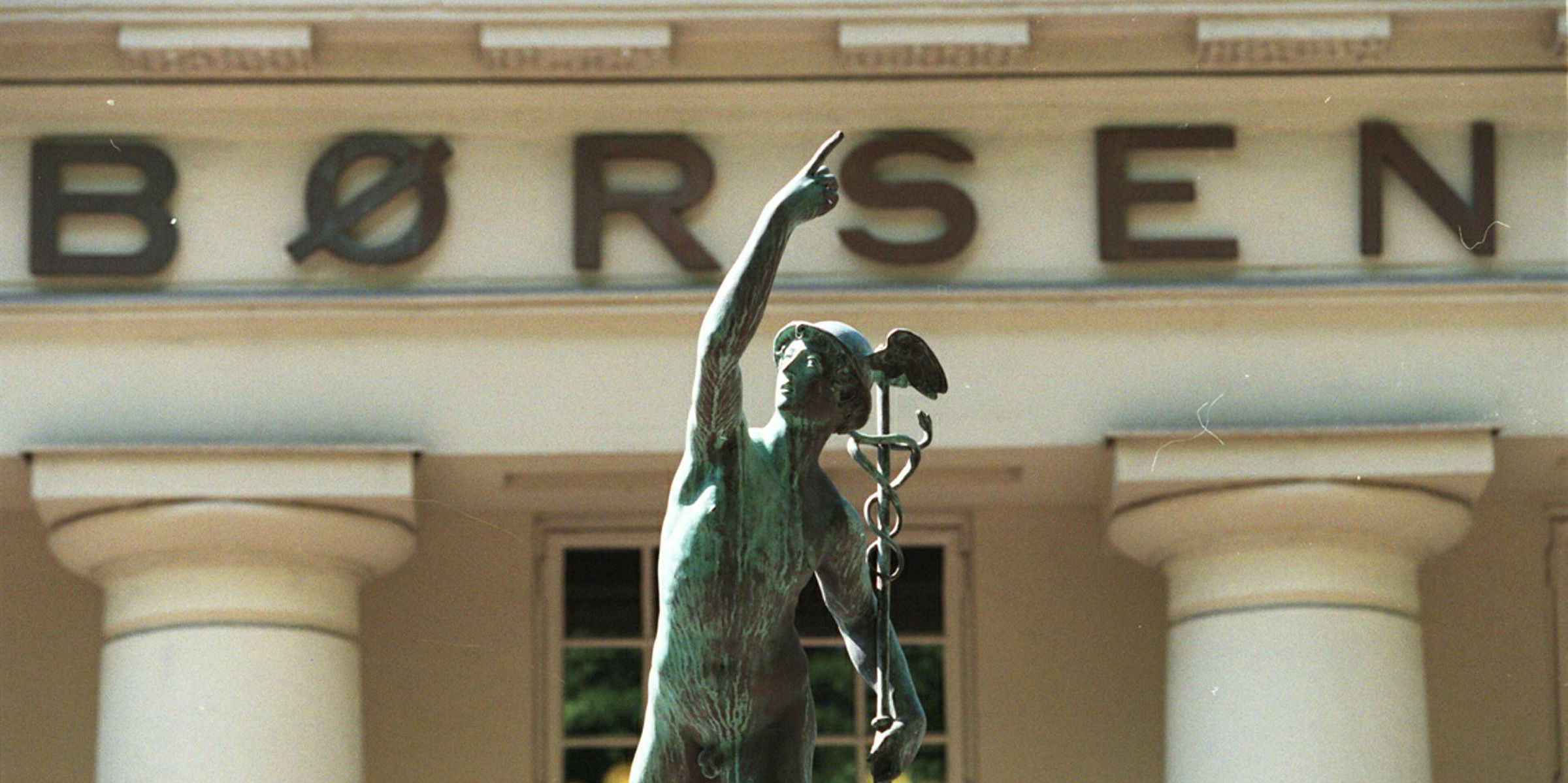Danske Bank has sliced its capesize rate estimates for this year and next following what it called a dramatically changed investment case in the past few weeks.
A dam disaster in Brazil and a slowing Chinese economy both contributed to the lower numbers.
Anders Karlsen, an analyst at Danske Bank, said: “We now believe a market recovery may have been pushed out in time, as growth in demand for dry cargo shipping is likely to develop more slowly than previously expected.
“However, we note that, historically, reduced demand growth affects vessel supply in the form of reduced ordering, higher scrapping and potential.”
Capesize rates have been in a tail spin this year with a tragic dam burst at Vale’s Feijao facility one of the contributing factors.
Spot rates for capesizes were at just $7,135 per day on Monday with the Baltic Dry Index at 643 points.
Karlsen said the Vale disaster had added uncertainty in terms of Brazilian iron ore export volumes in 2019 onward.
While some of the volumes will be replaced by an Anglo American’s Brazilian plant, the iron ore trade from Brazil is likely to be hurt in 2019 and it will have negative implications for the dry cargo market, the analyst said.
Lower forecasts
Karlsen is now forecasting capesize rates of $11,000 per day in the first quarter of 2019, down from $16,000 per day previously.
His second quarter estimate has been dropped from $18,000 to $10,000 per day, with the third quarter now pencilled in at $15,500 per day, down from the $23,500 per day previously projected.
The seasonally stronger fourth quarter is now expected to see capesizes earn $18,000 per day this year, below the $26,500 Danske Bank had previously floated.
Revisions for 2020 are smaller, with capesize rate forecasts lowered from $23,750 to $21,000 per day.
“The effect of the Vale cutback is yet to be determined but it seems that Brazil exports may come down year on year,” Karlsen said.
“Further, uncertainty linked to coal demand (inventories are now at better levels in China and India) and global economic prospects add to a clouded picture.
“We now assess that in 2019 rate levels will revisit levels seen in 2017 and 2018 and a more sustainable rate recovery may be a year away.”







